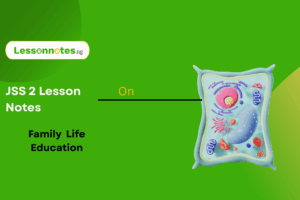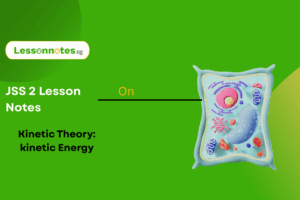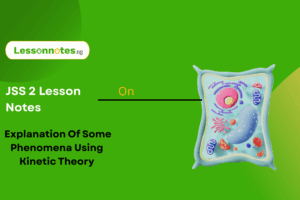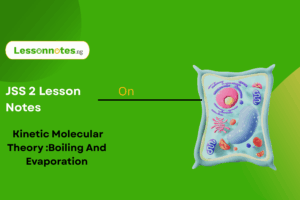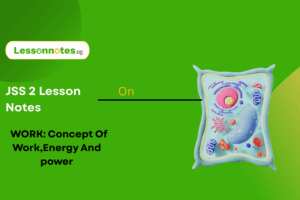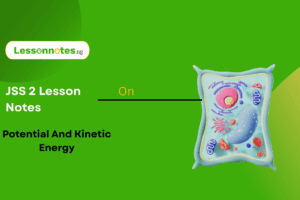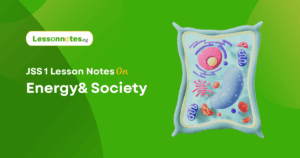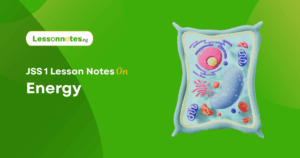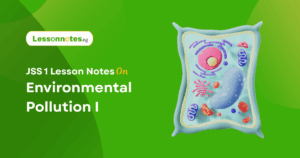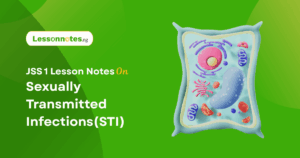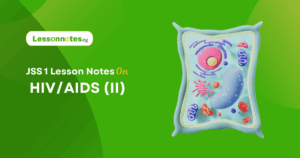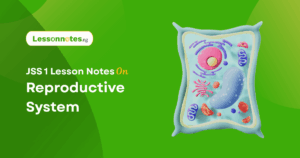Enviromental Pollution II JSS1 Basic Science Lesson Note
Download Lesson Note
Lesson Notes
Topic: Enviromental Pollution II
ENVIRONMENTAL POLLUTION II
CONSEQUENCES OF POLLUTION
Effects of air pollution
- It can lead to respiratory diseases (when smoke, soot, and dust are inhaled)
- Smog can reduce visibility and cause respiratory diseases
- High concentration of carbon ii) oxide can cause brain damage
- It can cause cancer
Effects of Soil Pollution
- Ill health to man and terrestrial animals
- Stunted growth in plants
- Barrier to water passage
- Changes in soil structure
- Offensive odour
Effects of water pollution
- Untreated sewage in water causes diseases such as cholera, dysentery, etc.
- It leads to the death of aquatic animals
- Offensive odour
- Oil spillage destroys farmland
- Pesticides and herbicides make the water poisonous
- Fertilizers can lead to the overgrowth of aquatic plants, which blocks waterways.
- Taking in radioactive wastes can bring about genetic mutation
CONTROL MEASURES OF POLLUTION
Control of air pollution
- Locating industries far from human habitation
- Educating people on the dangers of air pollution
- Keeping houses well ventilated
- Using tall chimneys to discharge waste gases high up in the sky
- Burning of refuse in incinerators
Control of soil pollution
- There should be refuse recycling
- Organic fertilizers should be used effectively, not excessively.
- The government should create an avenue for proper refuse and sewage disposal
Control of water pollution
- Proper disposal of sewage
- Refuses can be buried
- Oil spillage should be prevented
- Sewage should be converted into fertilizers
- Educating the public on the danger of water pollution
- Fishing with chemicals should be discouraged
- Oil pipeline vandalism should be curbed.
CLASSWORK 3
- Highlight three controls of air pollution
- Enumerate two effects of water pollution


